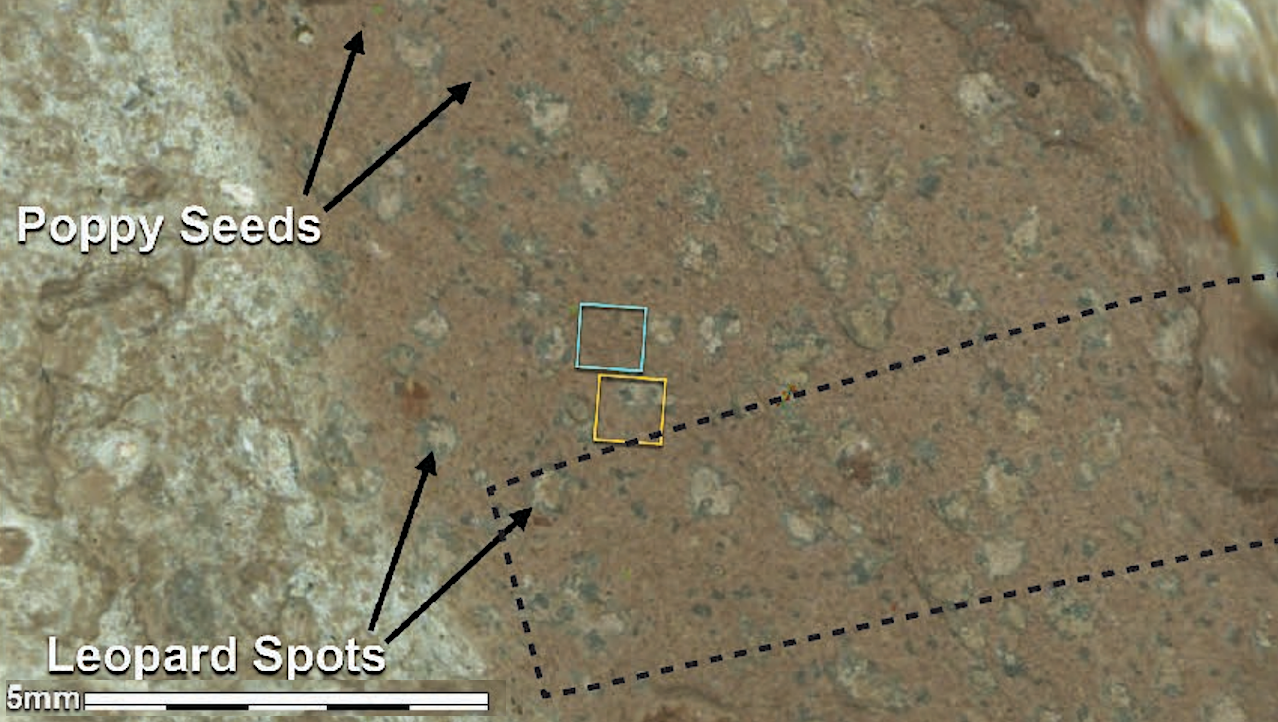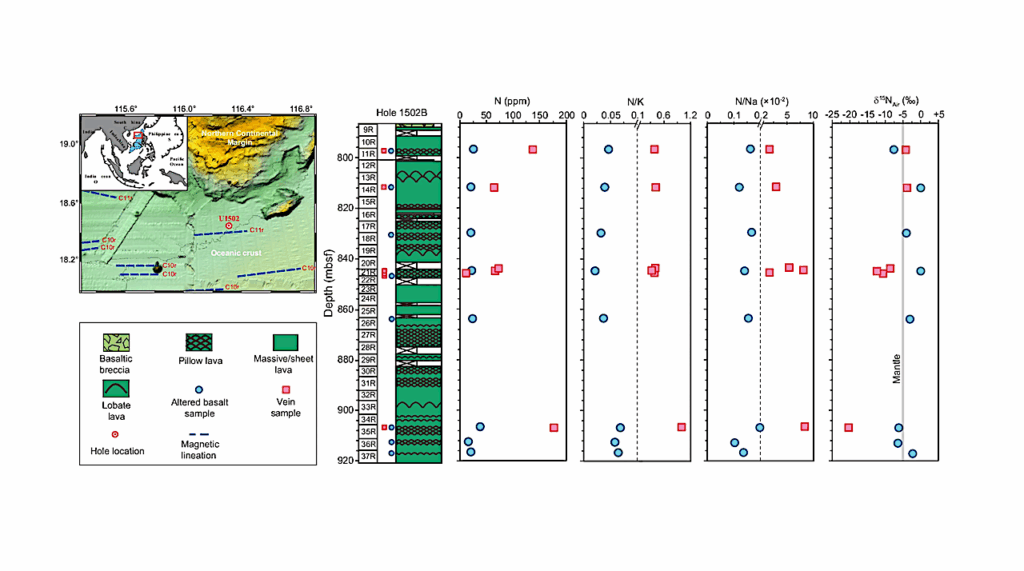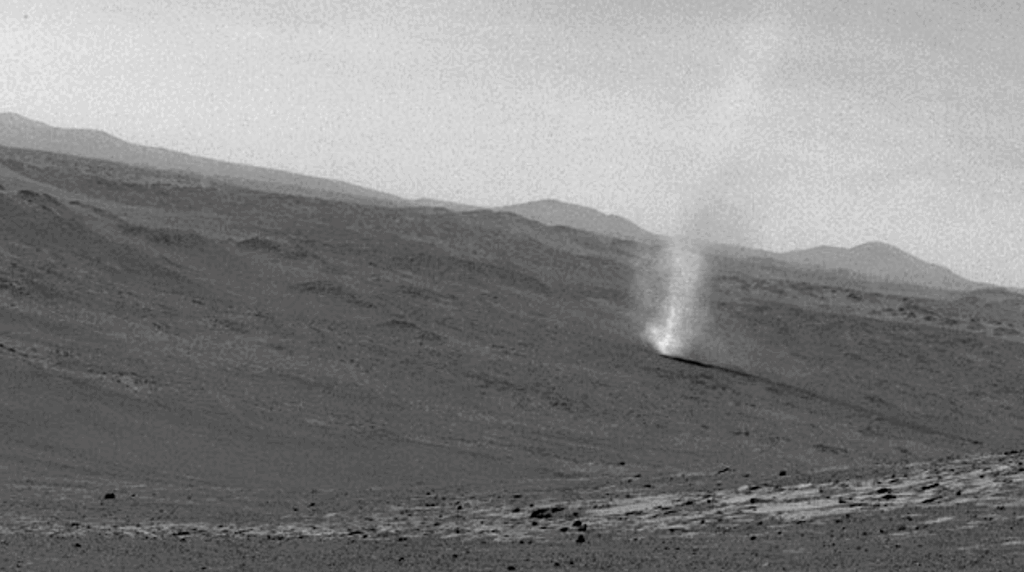The Detection of a Potential Biosignature By the Perseverance Rover on Mars

Introduction: The Perseverance rover has explored and sampled igneous and sedimentary rocks in Jezero crater to characterize early Martian geological processes and habitability and search for biosignatures. Upon entering Neretva Vallis, Perseverance investigated a set of distinct mudstone and conglomerate outcrops.
We report on measurements from these rocks and describe the discovery of a potential biosignature [1]. Geologic Context: Neretva Vallis incises the Jezero crater rim and its Margin Unit; it was the feeder channel for the Western Fan sedimentary deposit [2].
Perseverance explored a set of outcrops exposed along its northern contact with the Margin Unit. In HiRISE images of this deposit, albedo variations appeared to indicate layering at the meter scale. Subsequently, Perseverance explored strata along the southern margin of Neretva Vallis, where rocks with similar characteristics in orbital images crop out.
Collectively, these outcrops are called the Bright Angel formation. The Bright Angel formation consists of ~meterscale blocks formed by fracturing and physical weathering of the exposed outcrop. Rock textures include laminated, layered, and structureless intervals with limited indications of deposition or reworking by currents, such as cross bedding or plane bed laminations [3]. In the outcrops along the southern margin of Neretva Vallus, poorly sorted matrixsupported conglomerates are also observed [3].
Full abstract: 56th LPSC (2025) The Detection of a Potential Biosignature By the Perseverance Rover on Mars
Astrobiology,








